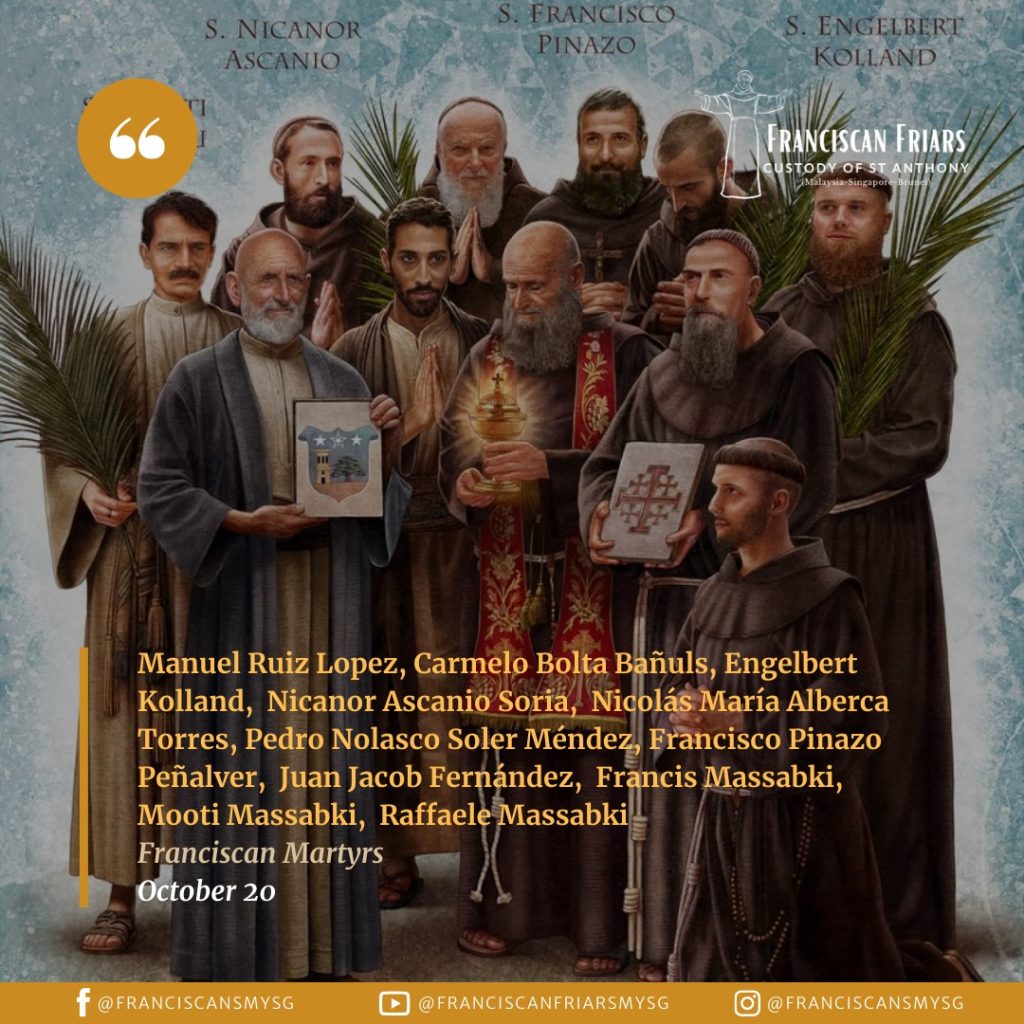
In the framework of the celebrations of the Eighth Centenary of the death of St. Francis 1226-2026, in the commemorative year of the Stigmata 2024, on Sunday 20 October Pope Francis will proclaim eight Friars Minor of the Custody of the Holy Land, martyrs of the faith in Damascus in 1860, saints. They are accompanied in martyrdom and glory by the three blessed Massabki brothers, lay Maronites.
In July 1860, the persecution of Christians by the Shi’ite Druze in Lebanon spread to Syria. On the 9th July , the populous Christian quarter of Damascus was set on fire and the people put to the sword. Christians of various denominations and rites suffered all sorts of violence. That same night the Franciscan friary of St. Paul was also attacked. The eight religious who lived there – seven of Spanish nationality and one of Austrian nationality – together with three lay Maronite collaborators who had taken refuge there, were slaughtered for refusing to deny their Christian faith and embrace Islam. The bodies of the martyrs, pitifully recovered a few days after the massacre, were buried in a common tomb which, with the rebuilding and consecration of the friary church in 1866, became a destination of devotion by the Christians of Damascus.
The new saints of the Order of Friars Minor and the Maronite Catholic Church will be:
Manuel Ruiz López, Guardian of the friary; was born in 1804 in San Martín de las Ollas, Burgos, Spain. He entered the Friars Minor in 1825 and was ordained a priest in 1830. The following year he was sent to the Holy Land where, after learning the local languages, he carried out a fruitful apostolate. Forced to return to Europe in 1847 for health reasons, he returned to the Holy Land in 1858. On the night of the massacre, as soon as the rioters entered the friary, he ran to the church to consume the Eucharistic Species, and was slaughtered at the foot of the altar.
Carmelo Bolta Bañuls, parish priest, was born in 1803 in Real de Gandía, Valencia, Spain. In 1825 he was received among the Friars Minor and in 1829 he was ordained a priest. In 1831 he left for the Holy Land where he resided in the friaries of Jaffa, Damascus and Ain Karem at the Sanctuary of the Visitation. In 1851 he was transferred to Damascus as parish priest and teacher of Arabic.
Engelbert Kolland, parochial vicar, born in 1827 in Ramsau, Salzburg, Austria. He entered the Friars Minor in 1847 and was ordained a priest in 1851. He reached the Holy Land in April 1855. He carried out his missionary apostolate first at the friary of the Holy Sepulchre, Jerusalem, then in Damascus as assistant parish priest, where he was much loved by the people.
Nicanor Ascanio Soria, was born in 1814 in Villarejo de Salvanés, Madrid, Spain. In 1830 he entered the Friars Minor. Due to the suppression of religious, he was ordained a priest amongst the diocesan clergy. With the reopening of the College for the Missions of Priego di Cuenca, he was able to return to the Friars Minor in 1858. He arrived in the Holy Land in February 1859 and was assigned to the friary of Damascus. His readiness for martyrdom was a constant note of his spirituality.
Nicolás María Alberca Torres, born in 1830 in Aguilar de la Frontera, Córdoba, Spain. Already a religious amongst the Brothers of the Jesús Nazarene Hospital in Cordoba, he was received amongst the Friars Minor in 1856 and ordained a priest in 1858. Called to missionary life, he arrived in the Holy Land in 1859 and was assigned to the friary of Damascus to learn the Arabic language.
Pedro Nolasco Soler Méndez, was born in 1827 in Lorca, Murcia, Spain. After some work experience he was received at the age of twenty-nine amongst the Friars Minor in 1856 and ordained a priest in 1857. The following year he submitted a request for the mission of the Custody of the Holy Land, where he arrived on the 20th February, 1859. He was sent to the friary of St. Paul in Damascus where he spent just over a year.
Francisco Pinazo Peñalver, was born in 1802 in the village of El Chopo in Alpuente, Valencia, Spain. He was admitted to the novitiate of the Friars Minor in 1831. As a lay brother he held the office of sacristan until 1835, the year of religious suppression in Spain. In order to re-embrace community life, he opted for service in the Custody of the Holy Land, where he arrived in October 1843. For about 17 years he worked as a cook and tailor in various friaries. In the friary of Damascus, at the time of his martyrdom he was the sacristan.
Juan Jacob Fernández, was born in 1808 in the town of Moire, Ourense, Spain. In 1831 he entered as a lay brother amongst the Friars Minor. Unfortunately, the suppression of 1835 interrupted his experience of conventual life for a few years. In 1858 he asked to be associated with the Custody of the Holy Land. In 1859 he was serving as the cook at the friary in Damascus.
Francis Massabki, a Maronite Christian, silk merchant, was well known in Damascus and esteemed as an honest and pious man. He was married and the father of eight children. He gave an example of great generosity everywhere, especially towards the poor and needy. He was linked to the Franciscan friars for whom he acted as a proxy. Together with his brothers Mooti and Raffaele he was at the friary of St Paul at the hour of his martyrdom.
Mooti Massabki, lived with his wife and five children in the same house as his older brother Francesco. He attended the convent of St. Paul daily, both for prayer and to carry out teaching activities in the local school for the boys. Ready to shed his blood for Christ, as he taught in catechism lessons, he did not hesitate to offer his life in the name of faith. His two sons, Naame and Joseph, were pupils at the convent school at the time and were eyewitnesses to the martyrdom.
Raffaele Massabki, younger brother of Francis and Mooti, unmarried, gladly lent his help to his family and to the friars; he was very devoted to Our Lady and paused for a long time in prayer in the church of the friary. He was still present within the conventual walls of St. Paul on the night between 9th and 10th July 1860, when the Druze burst in, by whom he was murdered together with his two brothers.
In 1872 the Order of Friars Minor began the process for the beatification of Manuel Ruiz and the seven confreres. With a special procedure authorized by Pius XI at the request of the Maronite Patriarchate, the names of the three Massabki brothers, collaborators of the religious, were added to the group of Friars Minor shortly before the beatification. The rite was solemnly celebrated in St. Peter’s Basilica in the Vatican on the 10th October, 1926.
The resumption of the Cause has recently been determined by the observation of the ever-growing fame of martyrdom of the eleven Martyrs of Damascus and the spread of their cult throughout the world, particularly in the Maronite Church. Associated with this was the certainty that their canonization could constitute a message of dialogue, peace and unity in the Middle Eastern context, which was less and less serene and more and more agitated by the winds of war. To this end, the Holy Synod of Maronite Bishops in the year 2022 invoked from Pope Francis the canonization of the Blessed Massabki Martyrs, heroic exponents of Maronite lay holiness. The Minister General of the Order of Friars Minor and the Custos of the Holy Land also joined in the petition, emphasizing the aforementioned pastoral opportunities and in honour of the Eighth Centenary of the death of St. Francis of Assisi.
In the Consistory of the 1st July 2024, Pope Francis established that the solemn Canonization would come to pass in St. Peter’s Square on Sunday the 20th October, 2024, World Mission Day.
Source: OFM Official Website
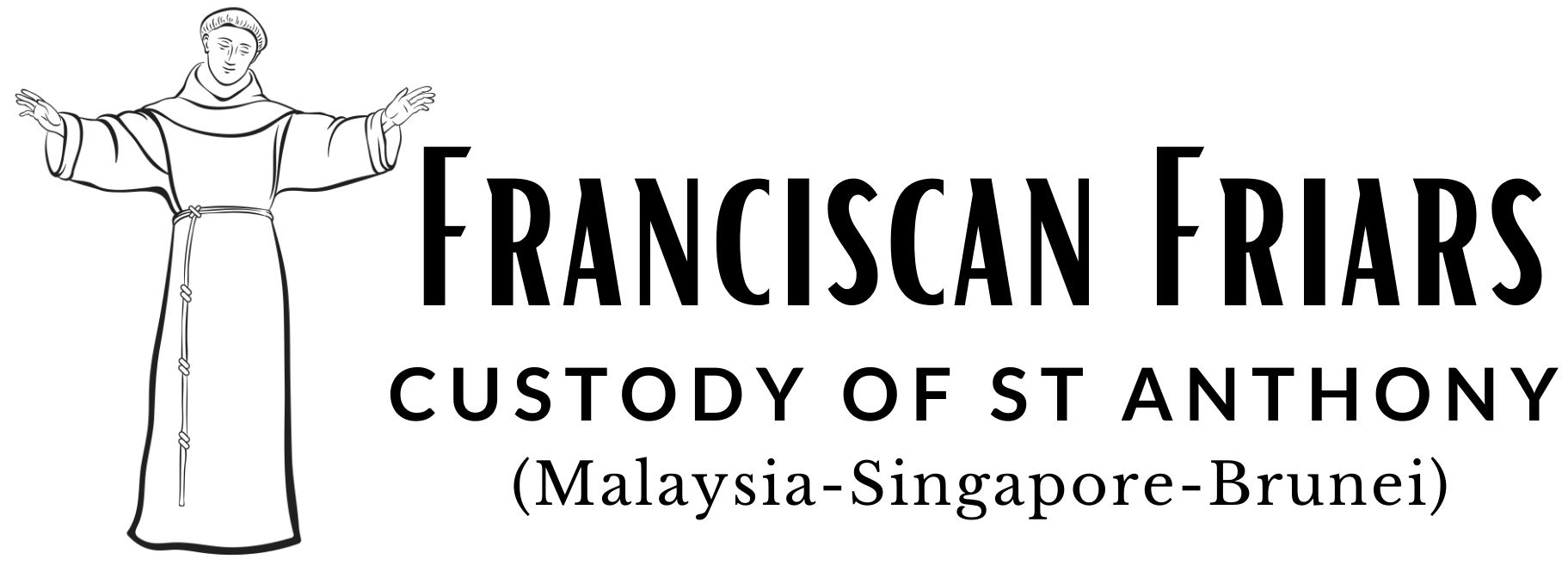

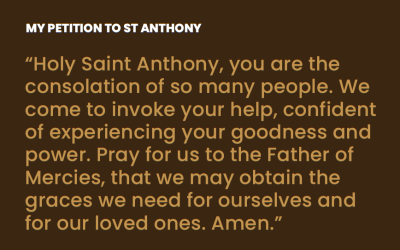
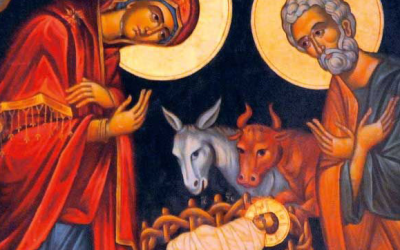
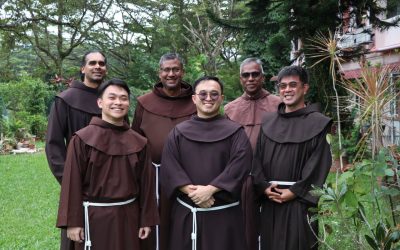
0 Comments